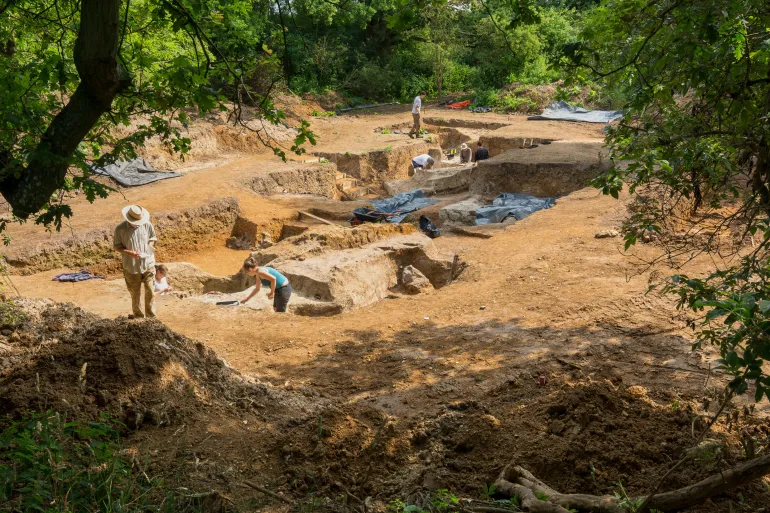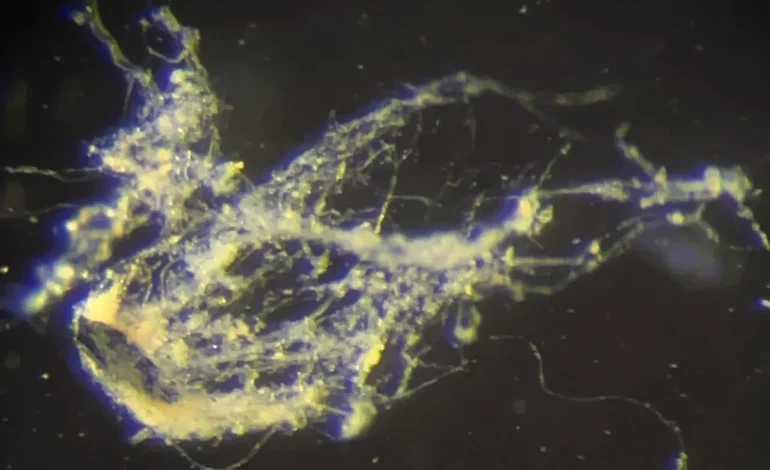Scientists have identified a new species of electrically conductive bacteria with potential applications in bioelectronics and environmental remediation, Wired reports.
Discovered in the brackish waters of Oregon’s Yaquina Bay, the bacteria have been named Candidatus Electrothrix yaqonensis in honor of the Yaquina tribe, native to the region.
The newly discovered microbe belongs to a group of organisms known as cable bacteria—rod-shaped bacteria that form long, conductive filaments by linking end-to-end and sharing an outer membrane. These bacteria play a unique role in sedimentary ecosystems by transferring electrons from deeper, sulfide-rich layers of sediment to upper layers where oxygen and nitrates are available, effectively conducting electricity in the process.
What sets Candidatus Electrothrix yaqonensis apart from the 25 previously known species is its distinctive structure and genetic makeup. Its surface features unusually thick, spirally arranged ridges, measuring up to three times thicker than those of other species. Additionally, it is encased in a transparent, non-conductive sheath—a feature not seen before—which researchers believe offers protection from environmental threats.
Inside the filament, a nickel-based metal complex acts as a biological wire, conducting electrons with high efficiency. In lab tests, the bacteria demonstrated strong conductivity, with an electrical resistance of about 370 kilo-ohms, comparable to or better than previously known cable bacteria.
Genetically, the species appears to be a mosaic, sharing features of both Candidatus Electrothrix (typically found in saltwater) and Candidatus Electronema (common in freshwater). For instance, while most saltwater species use a specific enzyme to manage osmotic pressure, C. yaqonensis lacks that enzyme and instead uses alternative proteins more typical of organisms in fluctuating salinity environments—suggesting an adaptation to the brackish conditions where it was found.
Researchers believe C. yaqonensis may represent an evolutionary bridge between the two genera. Its unique characteristics—high conductivity, environmental adaptability, and protective outer sheath—make it a promising candidate for further study, particularly in fields like bioelectronics, where living materials are used in technologies such as biosensors or biodegradable electronic components.










The latest news in your social feeds
Subscribe to our social media platforms to stay tuned